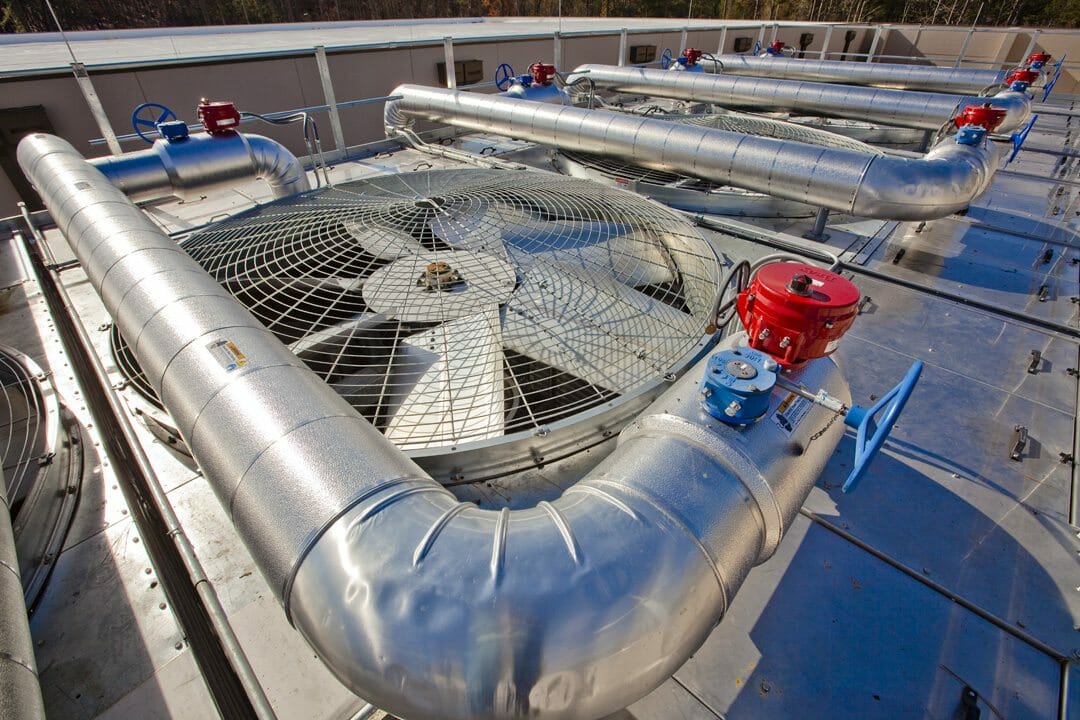How Power, Cooling, and Management Will Evolve With the Future Data Center and Colo Provider10 min read

We’re looking towards a very much more interconnected world. In fact, in the very near future – every city, country and business will become a digital entity. Through it all, the next-generation data center will be tasked with supporting more users, more applications, and a lot more use-cases. New industry disruptors like IoE aim to directly impact how we do business and deliver data to the end-user. Already we’re seeing market and technological disruptors take form. Tesla, Square, Uber, and Nest have fundamentally changed how we communicate with once non-connected services. Or, in some cases these IoT devices have completely changed the market all-together.
So where does the data center come in? Well, all of these resources have to be housed somewhere. And, through it all, the workhorse that is the modern data center will have to evolve with the ecosystem around it. With this in mind – let’s look at two specific areas where data center environmental controls will evolve with the future data center model.
Power and Cooling
The goal of any efficient data center colocation provider is to meet the cooling needs of the computing equipment and facility and drive down cooling costs and PUE. Look for a colocation provider who is thinking ahead and utilizing natural resources, such as free outside air.
- Hybrid Cooling Technologies. Look for providers using advanced, natural forms of cooling. Not only will this drive down costs, but it will also lessen the impact on the environment. Also look for a data center that integrates and optimizes these “free cooling” technologies into a hybrid cooling plant, capable of “mixing” cooling methods to be most efficient. Many such progressive colocation data centers are EPA ENERGY STAR certified.
- Look for 100% Availability. Many data centers boast 99% uptime. In today’s high-demand, always-on information economy, that one percent can cost millions of dollars. One percent downtime means over 7 hours of outages per month and over 3.5 days of outages per year.
- Expect Thorough Cooling Redundancy. Like the power requirements, with increased density, data centers are susceptible to overheating if an inadequate cooling system is in place. State-of-the-art colocation data centers offer an N+2 chiller plant and N+2 or greater redundancy on air handling units (CRAC or CRAH).
- Cooling and Power Efficiencies. Given the current focus on the environmental effects of data centers in today’s “green” culture, many data centers providers are taking a closer look at ways to improve their cooling and power efficiency. Data centers are replacing constant speed pumps and fans in their cooling plants with variable frequency motors that can more accurately match cooling demand to supply. They’re also investing in smart, automated ways to configure and operate their cooling plants in response to data floor and outside temperatures and humidity.
- Utility Power. You should be aware of the sources of energy used by the power utility. Are they investing in renewable sources of energy, such as hydro, wind, and solar, and do they have targets in place regarding how much of their energy should come from renewable sources? Is the utility actively working to reduce its carbon footprint? Every power utility is challenged in this area, but a number are making significant progress.
Using New Management Tools
One of the most important management aspects within any environment is the ability to have clear visibility into a data center. This means using not only native tools, but ones provided by the data center partner. Working with management and monitoring tools for the workload is very important. Also important is to have a good view into the physical infrastructure of the data center environment. Data and reporting from these monitoring tools should be made available through a secured portal.
- Power Monitoring. Always monitor the power consumption rates of your environment. The idea here is not only to know how much power is being used, but to make the environment more efficient. Look for ways to save on power based on requirements. For example, certain power-heavy racks may need to be distributed more efficiently, thus saving on power consumption and costs.
- Cooling Monitoring. Much like power, keeping an eye on cooling is important as well. This can be outlined as part of an SLA or an organization can manually monitor cooling as well. Ensuring that IT systems are running optimally will revolve around how well the environmental variables are controlled.
- Rack Conditions and Environmental Variables. Keeping track of the environment variables will help create a more efficient rack design. Some servers will generate more heat while others may need more power. By seeing what system is taking up which resources, administrators can better position their environment for optimal use. Work with a partner who can give you tools looking into the thermal and environmental performance of your infrastructure. Using those tools, an organization can make better decisions on how to build their rack infrastructure.
- Uptime and Status Reports. Regularly check individual system uptime reports and keep an eye on the status of various systems. Having an aggregate report will help administrators better understand how their environment is performing. Furthermore, managers can make efficiency modifications based on the status reports provided by a data center’s reporting system.
The agility of your data center will directly impact the performance of your business. Moving forward, there will be more use-cases where your data center will act as part of your organization which drives specific business outcomes. New kinds of cooling technologies and power systems aim to create an even healthier data center ecosystem capable of evolving with new trends. Here’s the good news – more technologies are being implemented into the data center which allow for a much more flexible rack and floor architecture. It’s becoming easier to segment racks, divert power/cooling via automation, and enable even better mechanics around environmental control. Remember, your ability to stay competitive in the evolving market will directly depend on how well you keep your data center proactively healthy.

Airflow Management Awareness Month
Free Informative webinars every Tuesday in June.







0 Comments